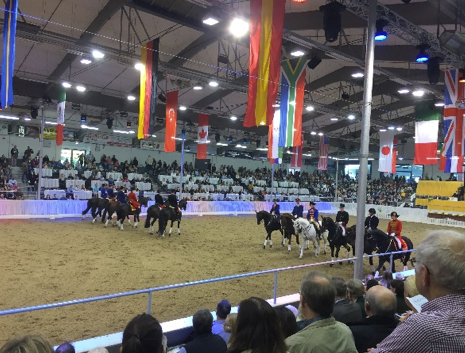Training our horses to be straight. (more thought on the subject)
When training our horses to be athletes, able to carry us as riders in a comfortable manner, and then if developing into dressage training, so the horse can perform the difficult movements with ease, we need some basic understanding on what is needed to achieve this.
One of the most fundamental necessities is straightening.
If the horse can move with the hind legs under his body mass, this improves his pushing and carrying abilities.
The horse is naturally crooked so that the hind feet do not follow in the prints of the front feet. He will move with his quarters travelling slightly to the inside, so the left hind is between the front feet, and the right hind is to the inside. This makes the left shoulder heavier, making the contact on the left rein heavier and the neck tense on that side. The horse then not take the right rein contact and hollows his neck.
A correctly straightened horse is obvious by,
1 when travelling in a straight line, his whole body is straight.
2 on a curved line, his body is bent longitudinally, so that the hind leg feet step into the prints of the front leg prints.
3 in lateral work, the horse movers his hind quarters into the movement and does not step away from it.
The rider can then feel this when
A the contact feels even on both sides
B the horse’s ears are level enough to put a spirit level on the tips
C the neck has no twist in it
D circles small and large, are easy to ride, with the hind feet following the front
E the horse allows you to sit squarely across his back, not collapsing or hanging to one side.
To make the horse gymnastic and straight, we need to bend him so that he loses his neck tension, and can stretch and flex his spine, allowing his hind legs under and not to the side of his body. All his joints are looser and able to flex. If even, lateral flexion does not happen, then the connection from the hind quarters to the mouth is interrupted somewhere in his back. Clear signs are “broken necks”, twisted necks, or too high a neck carriage.


